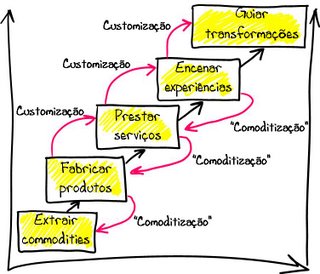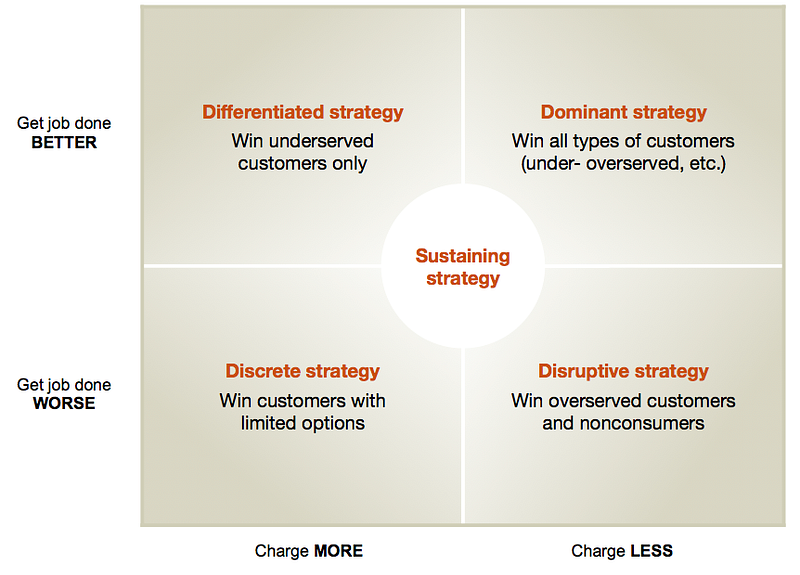Quando o mundo muda as organizações com o locus de controlo no interior fazem perguntas, tomam decisões, avançam e testam:
"Anyone in retail needs to ask themselves a set of important questions that weren’t relevant post–World War II because in that era they were obvious questions. Stepping outside and reconsidering the dynamics of the retail world, these questions include:Imaginem o tempo perdido com o papá-Estado, que aproveita para dar o seu abraço pedófilo com a impostagem normanda como contrapartida para o suposto apoio, tempo que não pode ser dedicado a reflexão e acção interna.
.
Price strategy. Do you want to compete on price? If the answer is yes, then it’s going to be increasingly difficult to retail in physical stores. There’s an extra step in the supply chain, and the economics simply don’t make sense. In a market of near-perfect pricing knowledge, price-sensitive buyers gravitate to the cheapest price unless the warehouse and the store are one and the same. ... They are more a bulk warehouse pick-up system than a traditional retailer. In general, online will win the price battle because price leadership is about low-cost infrastructure, and extra links in the retail chain do not make for low cost.
.
Product range strategy. Do you want to have a large or lean product range? Clearly, online will win the large-range battle. It doesn’t have the physical constraints of shelves and the cost of big stores. Online needs fewer places for the actual goods. In this world bricks-and-mortar retail can’t win a product-range battle, it can only win a uniqueness and customised one. It’s only a matter of time before widely distributed product brand owners start competing with retailers.
.
Location strategy: What’s our physical location about? For online players it’s an easy decision: find a location that facilitates effective delivery. For stores it’s much more than that. If the store is merely about acquiring the product, then in a connected world it has no reason to exist. A physical store needs to be a place of entertainment, education, co-creation and socialisation — a maison and experience that satisfies the five senses. Stores need to be events, not re-sellers.[Moi ici: Dedicado a leitora de Aveiro]
.
Attention strategy: Will people use their feet or their fingers to find us? If it’s fingers (online), we have two simple choices: have an über niche audience that loves what we do because it’s unique, or have a kicking SEO (Search Engine Optimisation) strategy that’s first-page worthy. Both of these realities show a clear strategy: survival in retail is about being the cheapest or the nicest. Anything in between can’t compete or will get lost in a world of infinite supply."
Trechos retirados de "The Great Fragmentation : why the future of business is small" de Steve Sammartino




































